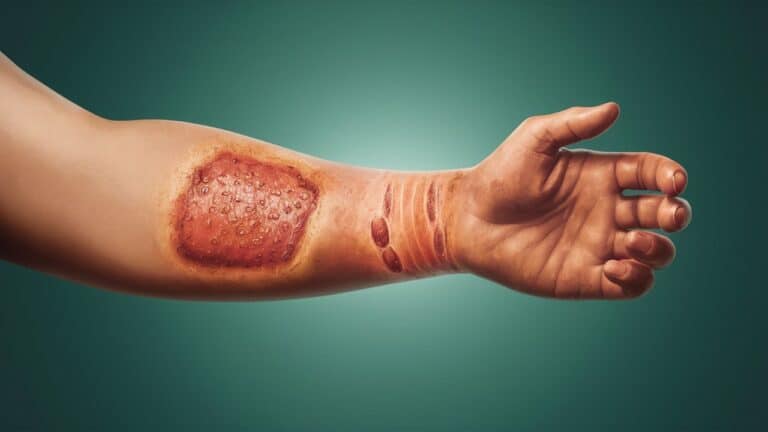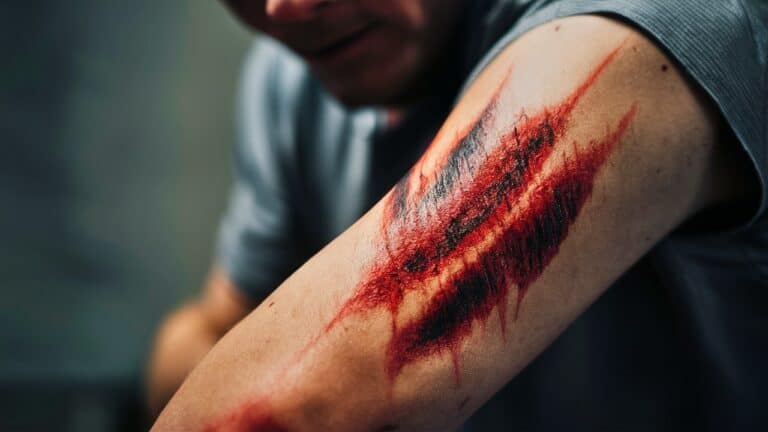- Auto Accidents, Motorcycle Accidents, Truck Accidents, Uber & Lyft Accidents, Workers' Compensation Claims
Doctors of Chiropractic (DCs) are trained to use several different techniques and methods to treat patients suffering from car accident injuries. Because some techniques may not work for every patient, a chiropractor develops a chiropractic treatment plan that is best suited to offer the patient the best chance of recovering from car accident injuries while improving spinal mobility, decreasing pain, improving range of motion, and improving overall general health.
There are numerous techniques, methods, and forms of chiropractic treatment. Below are some of the more common methods used by DCs to treat car accident victims.
Common Techniques and Treatments Used by Chiropractors to Treat Car Accident Injuries
Chiropractors often treat car accident injuries with the following methods:
Chiropractic Adjustment
Chiropractic adjustment or spinal manipulation[i] is one of the most common methods used by DCs to treat their patients. This treatment method is the method that most people associate with chiropractors as the “cracking your back” method of chiropractic care. A DC does not “crack” your back, but you might hear a sound similar to a crack that is known as joint cavitation.
The “crack” occurs when the DC applies pressure as he maneuvers specific vertebrae that are misaligned or functioning improperly. Spinal manipulation is often used to treat joint pain and lower back pain.
Cervical Adjustment
For headaches and neck pain, the chiropractor may perform cervical manual traction[ii]. As the DC massages your neck, he uses gentle pressure to stretch your neck as he massages the neck in all directions (up, down, side-to-side, back, and forth). DCs use various techniques and various amounts of pressure to tailor the treatment to the patient’s needs.
Traction
Traction[iii] can be used to treat general back pain, joint pain, and pain from a herniated disc. This chiropractic method is also used to treat degenerative discs and to correct posture. The chiropractor manually applies force and pressure to the patient’s limbs, head, or back. In some cases, the DC may use a wedge or other tool to assist with this treatment. A patient’s weight might be used for traction in a treatment known as inversion therapy. Inversion therapy has many pros and cons, and some DCs do not advocate for this method of treatment. You should discuss inversion therapy at great length with your DC, including the benefits and potential risks.[iv]
Other Forms of Chiropractic Care
In some cases, a DC may use physiological therapeutic methods[v] in conjunction with chiropractic methods to treat patients. Some methods a chiropractor may use include:
- Massage — Massage is used to help improve circulation and reduce inflammation and swelling.
- Hot and Cold Therapy — This type of treatment can assist with general back pain, swelling, and improved blood flow. The DC alternates between ice packs and a heating pad, or other forms of hot and cold therapy, which can also increase the healing process.
- Exercise — Your DC may prescribe an exercise program to assist in the healing process and promote general health. Exercises can focus on several different areas and goals, including strengthening and stretching the back.
- Weight Management and Dietary Management — In some cases, a patient may benefit from a weight and dietary management program. The chiropractor may provide information on various programs and dietary restrictions that can help improve joint, muscle, and back health as well as overall general health.
Informed and Prepared
As with any other form of medical treatment, you need to feel comfortable with your choice of chiropractic care. You should ask as many questions as you need to ask to understand the pros and cons of chiropractic care fully. If necessary, you can seek a second opinion before beginning a chiropractic treatment plan.
In our next chapter, we discuss the benefits and risks of chiropractic care, including any potential side effects from chiropractic treatment.
If you have been injured, The Pinder Plotkin Legal Team can help you recover compensation for your injuries, including compensation for physical therapy, surgery, and chiropractic care. If you suffer a personal injury or are involved in a work-related accident, and Pinder Plotkin agrees to take your case, you do not pay a dime unless there is a recovery by settlement or judgment. Please call us today at (410) 525-5337 or online.
[i] Chiropractic Treatments for Lower Back Pain. Steven G. Yeomans DC. Spine-Health.com. 14 March 2013.
[ii] American Chiropractic Association (https://www.acatoday.org/Patients/Health-Wellness-Information/Neck-Pain-and-Chiropractic)
[iii] Spinal Traction. Heaven Stubblefield (reviewed by William Morrison, MD). Healthline.com. 11 October 2016.
[iv] What Are the Risks and Benefits of Inversion Therapy? Kristeen Cherney (reviewed by Gregory Minnis, DPT). Healthline.com. 17 March 2017.
[v] Chiropractic Services Beyond Adjustments. Steven G. Yeomans DC. Spine-Health.com. 15 March 2013.
The information provided in this website is provided for informational purposes only, and should not be construed as legal advice on any subject. The information contained in this blog is also subject to change and should not be relied upon. Contact the Pinder Plotkin Legal Team for a FREE consultation.





